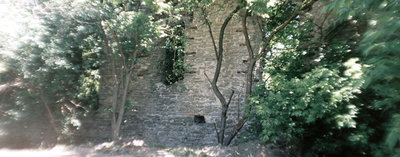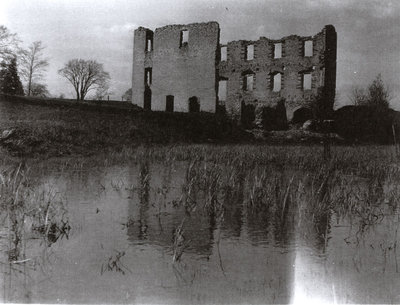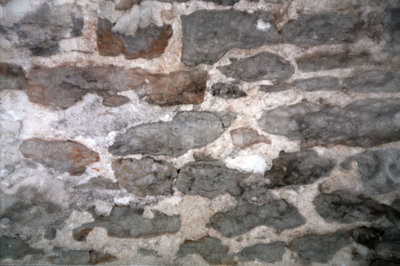
Christie Mill
Christie Mill

As you gaze at the photographs of these old limestone ruins of the Christie Mill set amid the overgrown grass and foliage, pause for just a moment and imagine listening to the sound of the wind in the trees on a summer day. The aura of time past envelops you.
Then, in another moment, think how different that scene would have been two centuries earlier. A site not yet in ruins but rather, a place alive with the sounds of a nineteenth-century white pioneer settlement: people, oxen, wagons, and sluicing water powering the machinery that would grind grain into meal for baking bread.
Once a historic Cramahe landmark, Christie Mill, said to be named after the miller who operated it, is now but a place held in memory of the earliest years of Colborne and Lakeport, Ontario. Even the evocative stone ruins are gone, demolished over safety concerns in 2003 after a bid to preserve them was defeated. So it is only through sketches, photographs and words that the story of the mill’s existence as a symbol of pioneer settlement will be kept alive.


